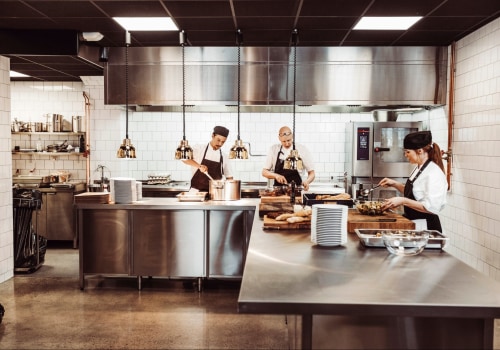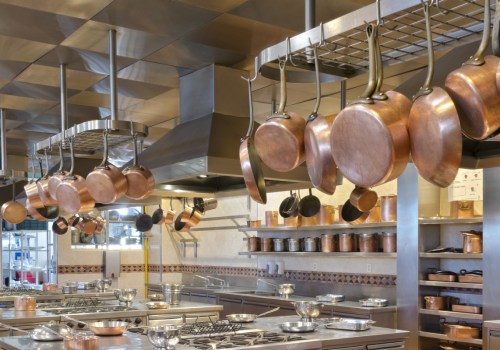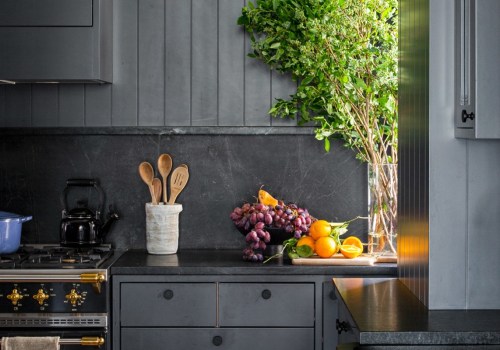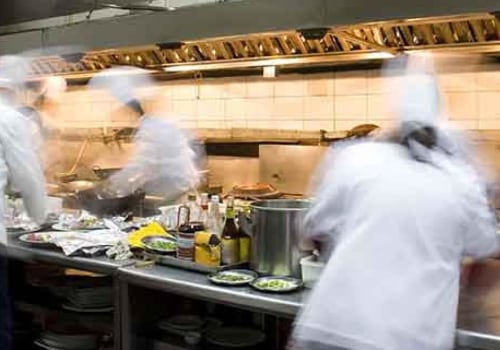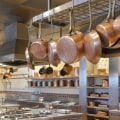How to start a ghost kitchen Checklist Rent a kitchen or storage space. Create a delivery system or team up with a food delivery application. Successful ghost kitchens prioritize foods that sell a lot and are feasible options for delivery and takeout. Despite not having a reception, ghost kitchens are subject to the same regulations and licenses that affect restaurants.
A ghost kitchen can house different brands from the same company, or even completely different restaurants. These types of equipment give a ghost kitchen the versatility of preparing different dishes in the same unit. If you want to expand your customer base, opening a ghost kitchen elsewhere can help you increase production and offer delivery-only services to new areas. And with ghost kitchens set to become a trillion-dollar industry in 2030, there's no better time to lay the groundwork for this emerging restaurant trend.
It doesn't matter if the ghost kitchen is an extension of an existing brand or if it's a completely new concept: every new restaurant needs a business plan. For restaurants that already have a trusted food supplier, it's easy to use that same supplier for a new ghost kitchen concept. By 2030, ghost kitchens are expected to account for 50% of the takeaway and self-service restaurant sectors. Ghost kitchens are increasing due to small real estate needs, optimal internal efficiency, the popularity of delivery applications and many other factors.
Ghost kitchens are a great addition to the restaurant industry and provide an opportunity to streamline cooking, organization and delivery processes. Read on for tips on how to start a ghost kitchen business model with the competence and productivity of Rosey the Robot. Since a ghost kitchen is responsible for preparing different types of food for more than one restaurant, it must support different storage, preparation and cooking methods. A detailed marketing strategy should address all of the ways in which a ghost kitchen will stand out in its market, acquire new customers and retain existing ones.
Despite all their differences, there's not much restaurant equipment you'd need for a ghost kitchen that you wouldn't find in a traditional kitchen.
